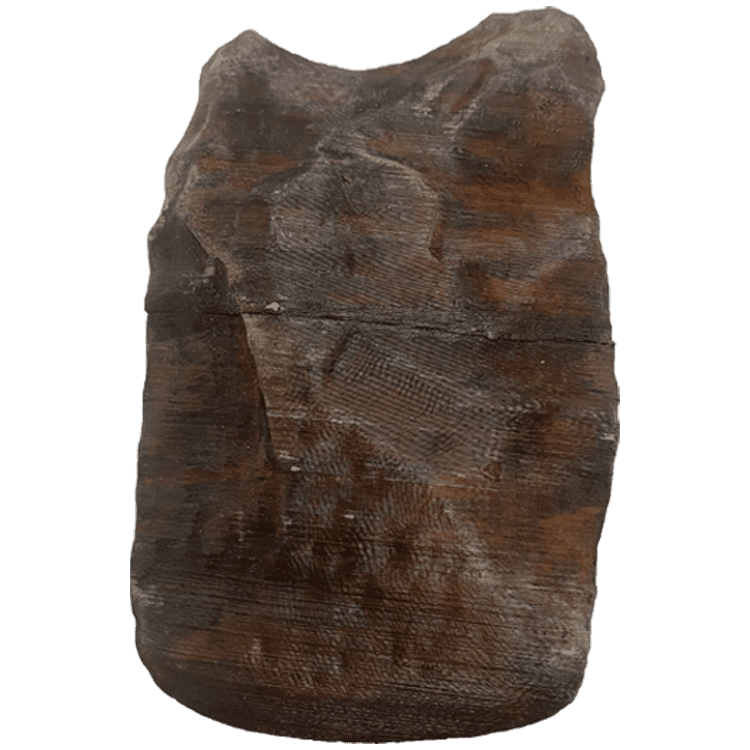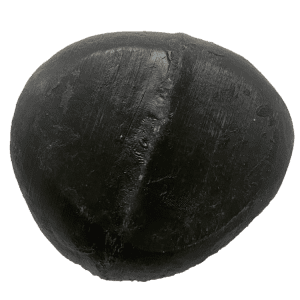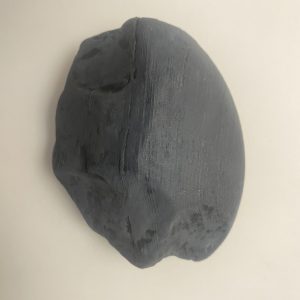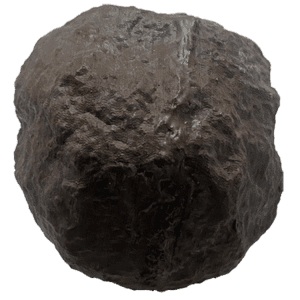Description
The manufacturing process is meticulously detailed, showcasing bifacial shaping techniques employed by skilled knappers to create the robust and elongated form of the cleaver. The model accurately captures the characteristic morphology of Acheulean cleavers, featuring a large, elongated cutting edge with a straight or slightly curved profile. The tool’s form is designed for specific applications, including butchering large animals and processing tough materials. The model showcases deliberate bifacial flaking that defines the cleaver, emphasizing symmetry and uniformity in the flake removals. The thick and robust nature of the tool is achieved through careful reduction, providing strength and durability for heavy-duty cutting tasks. The model highlights the intentional shaping of the cutting edge, featuring a combination of bifacial flake removals to create a wide and powerful cutting surface. The cleaver’s edge is designed to efficiently process large pieces of meat or other challenging materials. Attention to ergonomic considerations in the model reflects the cleaver’s comfortable grip and balance, optimizing its utility for butchering and heavy cutting tasks.
The cleaver model serves as an essential educational tool for archaeologists, anthropologists, and enthusiasts interested in lithic technology and the specialized tools of early hominins. It contributes to a deeper understanding of the Acheulean lithic tradition and the technological innovations of early humans during the Lower Paleolithic.
Researchers can utilize the model for studies on lithic technology, raw material sourcing, and cultural behavior, offering a tangible representation for experimental archaeology and comparative analyses.
Constructed from durable, museum-quality materials, the model ensures longevity and authenticity, making it suitable for exhibition in educational settings, museums, and research institutions.
The Lower Paleolithic cleaver model’s accurate representation offers valuable insights into the technological and cultural adaptations of early hominins. Its meticulous design and scientific accuracy make it an essential tool for education, research, and as a visual representation of the specialized tools used during the Lower Paleolithic.





Reviews
There are no reviews yet.